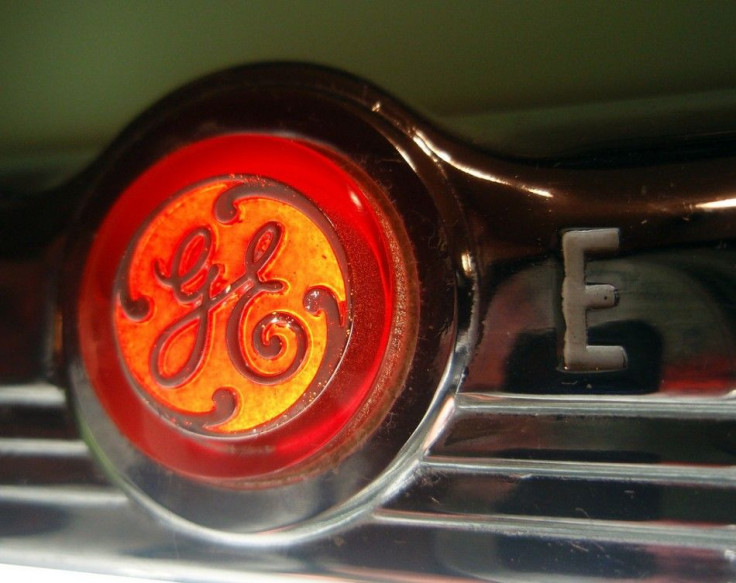GE Uses 3D Printing To Manufacture Jet Engine: First Test Of 3D Printing Technology Ready For Mass Production
Aviation Division Will Use New Technology To Mass Produce Complex Jet Engine Part

General Electric’s aviation division may provide the first big test of using 3D printing to mass-produce high-performance products. The world’s largest supplier of jet engines announced that it would start manufacturing a complex fuel nozzle with “additive manufacturing,” instead of traditional casting and welding.
The process, an industrial version of 3D printing, builds objects by adding ultrathin layers of material one by one. To build the fuel nozzles, GE machines will shoot laser beams into a bed of cobalt-chromium powder, melting it into individual layers of metal only 20 micrometers thick.
Traditionally, the palm-sized part requires welding 20 small pieces together and often results in a lot of wasted material. This 3D printing process uses less material and therefore reduces production costs. The parts will also be lighter, which GE hopes will yield significant fuel savings.
Additive manufacturing can also cut down production time because the machines can run all night. This is good news for GE, which needs to produce 25,000 per year over the next three years. The company plans on putting 10 to 20 nozzles on each engine that will go on planes in late 2015 or early 2016.
Other divisions of GE (NYSE:GE) could benefit from 3D printing and will keep a close eye on the project. GE Power & Water identified parts for gas and wind turbines that it can produce using additive manufacturing, and GE Healthcare wants to use 3D printers to develop expensive probes used in ultrasound machines.
The process is already used to produce niche items like medical implants and plastic prototypes, but hasn’t really been used for mass-produced parts. If this is successful, it could make a significant impact on the manufacturing industry.
© Copyright IBTimes 2024. All rights reserved.






















